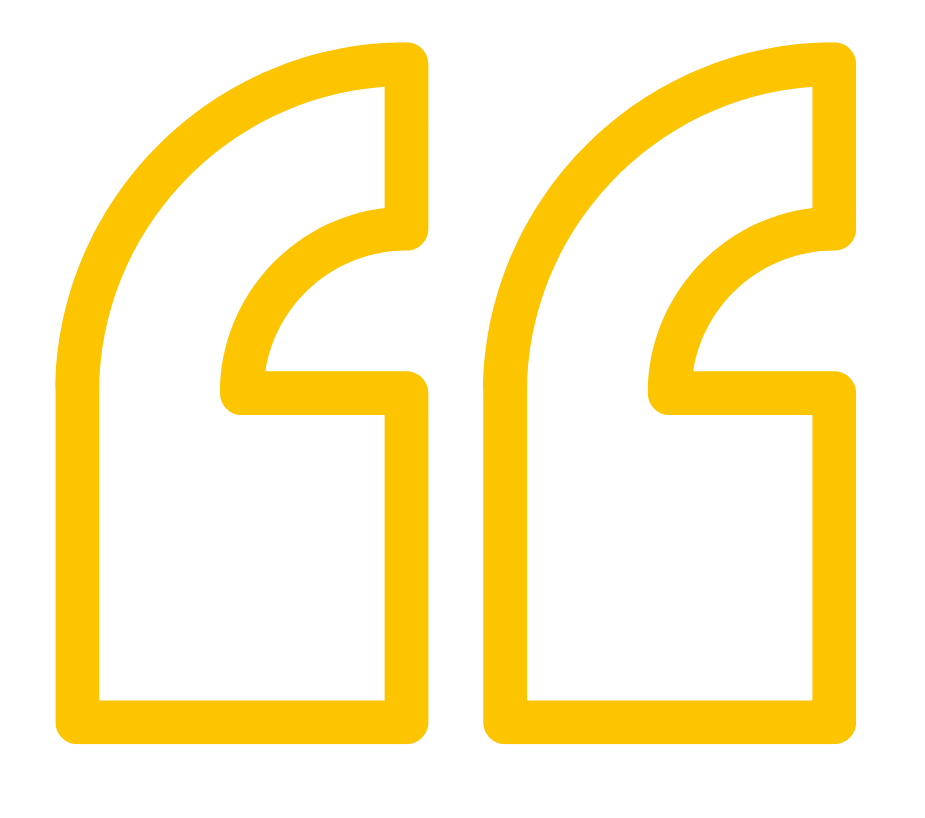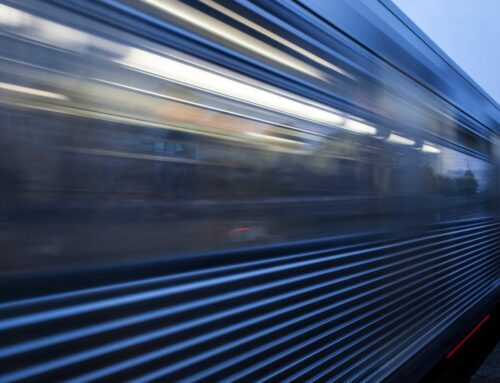CASE STUDY: CableGuardian Avoids Potential Signalling Power Failure for Critical Mainline Station
April 20, 2023
CableGuardian is widely used as a key tool in the prevention of significant train disruption on the UK rail network; enabling staff to quickly identify a failing cable long before faults occur. This case study highlights how a signalling power failure was avoided for a train operator at a critical mainline station, saving potentially thousands of delay minutes and passenger disruptions.
One recent installation site, located in the West of England, consists of 12 CableGuardian units configured in a Tier 2 arrangement with units installed simply and cost-effectively in existing equipment buildings. This system continually monitors approximately 48 km of cables, switchgear, and other components along multiple feeders around a critical mainline station. In addition to the permanently located CableGuardian units, the Delivery Unit also purchased 2 extra sets of hardware, incorporating split-core measurement coils, which enables the local Maintenance teams to rapidly install CableGuardian in locations which the Tier 2 monitoring system has indicated as being of some concern. This rapid deployment, as a portable roaming unit, is supported by the Viper Innovations Technical Support Team and creates a temporary Tier 1 system. This enables more localised data to be captured relating to the area of concern without the expense of a full Tier 1 system.
In January 2022, Viper Innovations’ Engineers supported the local maintenance team to install a CableGuardian unit part way along a feeder which had a low insulation resistance based on the Tier 2 data trend. As the data captured is instantly viewable in the CableGuardian web portal, Network Rail Engineers were able to view the status of insulation resistance of the live rail network, in real time, at the right level to diagnose the issue.
Critical to this process is CableGuardian’s advanced monitoring functionality that allows the insulation resistance of feeders or even individual cables to be trended from 1KOhm right up to 10MOhms. Delivering unmatched visibility of cable and equipment health and truly enabling proactive maintenance.
The data captured indicated that the insulation resistance for the specific section of cable was 0.55MΩ, well below the expected value for that section. The cable section was isolated, and a manual test confirmed the measurement taken by the CableGuardian unit. The faulty cable was left isolated as it was supplying up to an open point at the end of a dual end fed system. Once isolated, the local insulation resistance on the feeder increased to >10MΩ.
Temporary installation of roaming CableGuardian unit, which also offers the flexibility to be fitted upside down if needed. No special requirements needed for installation.
Having successfully located one faulty cable, the portable CableGuardian unit was moved to a location on a new feeder which also had a lower than expected Tier 2 insulation resistance value. The Viper Innovations Technical Support team were able to remotely update the CableGuardian web portal to display the Tier 1 data for the new location. The data captured confirmed that one of the cable sections did have a low insulation resistance value (<400kΩ). The Network Rail Engineers took the decision to leave the CableGuardian at this location to monitor and trend how the suspected cable section was affected by precipitation over a period of a few weeks before deciding on how to proceed. This offers a new and efficient way to deliver effective intervention and asset management.
This case study is an excellent example of proactive monitoring and early intervention by Network Rail’s maintenance team, and demonstrates why CableGuardian is a must-have in the toolkit of all maintainers to prevent service affecting failures of signalling power supplies.
A usually long and disruptive fault-finding process has been replaced by a simple and non-invasive solution. Planned maintenance can be reduced by as much as 80%, whilst incident response is either avoided altogether by allowing intervention many months prior to failure, or dramatically reduced by pinpointing catastrophic failure. This can reduce delay per incident by many thousands of minutes.

The Lead Engineer involved in the process stated:
“The information provided by CableGuardian, made available by the remote Technical Support of Viper Innovations and the subsequent actions of our Engineers, enabled us to evaluate the performance of specific cables and identify the issues stated within a single morning and without disrupting train services.”






